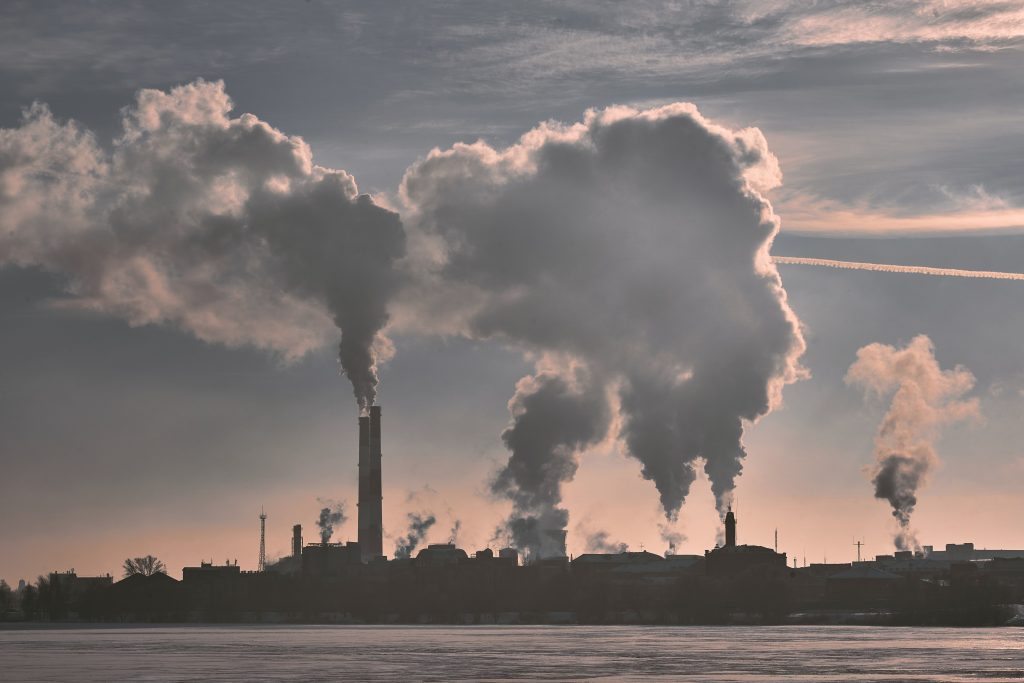The world is facing a climate disaster, and like most global disasters, it will be the most vulnerable people that bear the largest costs. Increasing global temperatures, vast droughts, rising sea levels, and more frequent storms are all deeply troubling issues, however, the developed world will be much more equipped to mitigate the unstable landscape. In the developing world, there currently exists a plethora of problems that climate change will exacerbate dramatically. In other words, the developing world is not on the same playing field when it comes to fighting climate change. A gargantuan mess is nearly impossible to take on when your country still lacks widespread sanitation, clean water, accessible food, and healthy air. It is important to recognize the challenges that are currently plaguing the developing world, so that they may be tackled head on, and leave those most vulnerable with a fighting chance at what’s to come next.

The developing world, because of the lack of funding for waste management and pollution control, experiences severe problems with regard to public health and sanitation. According to UNICEF, “about 80 percent of the population in the DRC do not have access to improved sanitation facilities1”. In Uganda, “a tenth of the population practices open defecation and two thirds of households wash their hands with soap2“. As the issues discussed are intertwined, so is the correlation between water quality and sanitation. Open defecation can diminish the water quality, and in turn lead to ravaging illnesses, from hepatitis to cholera.
Clean drinking water and healthy food is essential to human life. Yet a large part of the developing world does not have the infrastructure to create clean drinking water. A study done by The Center for Human Rights and Global Justice claims that “only 55.2 percent of the population has access to an improved water source, while close to 70 percent does not have direct access to potable water3”. In Uganda, a similarly alarming statistic states that “only 32 percent of Ugandans have access to clean drinking water4”. In the United States, 90 percent of the population has access to clean drinking water and this figure is similar in other wealthy countries; This comparison highlights the deep inequalities and injustices that exist between the developed and developing world. Food insecurity is also a prevalent challenge in the developing world. In Kenya alone, “approximately 1.3 million people are currently facing a food crisis5”. Fortunately, organizations are rising to the challenges and creating solutions. IDEAS for Us has branches in many developing countries such as Rwanda, Kenya, Haiti, DRC, and Uganda; In these branches many projects are formulated that revolve around clean water and food security like building solar powered water pumps or creating vast gardens that generate food.

Air pollution is another perilous threat that is heavily affecting the developing world. It causes dangerous health issues and accounts for over 42 million deaths per year and is the leading killer among children worldwide. In the United States, the Clean Air Act improved air quality and quickly eradicated many air-polluted related illnesses. In contrast, developing countries contain the worst air worldwide. Recent studies done by the World Health Organization in 2016 found that “approximately 98% of cities in middle to low-income countries have air quality that doesn’t meet the recognized WHO standards6”. Developing countries are formulating promising solutions to the air pollution problems they face. “In Kenya, 73 percent of energy is now being obtained from renewable energy sources.”7 This is a promising statistic that will improve air quality in the country and motivate other countries to follow suit. In many other countries in Africa, IDEAS for Us is leading the fight, planting trees in many locations in order to provide cleaner air and strip carbon away from the atmosphere.

In order to give the developing world a chance at fighting climate change, action must betaken to solve the current problems that exist in those countries. If not, those current issues will continue to accelerate along with the warming planet. With rising global temperatures, droughts will be more common, limiting access to clean drinking water and food. With a continued dependence on fossil fuels, the air quality will continue to diminish and public health will continue to fall. While wealthier countries need to invest more in renewable energy domestically, it is crucial that they continue to provide support internationally to the developing world. As the harrowing effects of climate change continue to become more frequent, the entire world, not just the rich, need to have the tools to prepare for it.
Sources
- UNICEF Democratic Republic of Congo. (n.d.). Water, sanitation, and hygiene. https://www.unicef.org/drcongo/en/what-we-do/water-sanitation-and-hygiene
- UNICEF Uganda. (n.d.). Water, sanitation and hygiene (WASH). https://www.unicef.org/uganda/what-we-do/wash#:~:text=In%20Uganda%2C%20nearly%20a%20tenth,greatest%20burden%20of%20poor%20sanitation.
- Sentlinger, K. (n.d.). Water in Crisis – Haiti. The Water Project. https://thewaterproject.org/water-crisis/water-in-crisis-haiti#:~:text=According%20to%20a%20study%20conducted,direct%20access%20to%20potable%20water.
- USAID. (n.d.). Uganda: Overview. https://www.globalwaters.org/wherewework/africa/uganda
- USAID. (16 April 2020). Food Assistance Fact Sheet – Kenya. https://www.usaid.gov/kenya/food-assistance#:~:text=Approximately%201.3%20million%20people%20in,Group’s%202019%20Short%20Rains%20Assessment.
- camfil Content Team. (14 March 2018). How Developing Countries Struggling with Air Pollution Can Reduce Emissions. camfil. https://cleanair.camfil.us/2018/03/14/developing-countries-struggling-air-pollution-can-reduce-emissions/
- Kenya to fully transition to clean energy by 2030, President Kenyatta Says. (2 November 2021). https://www.president.go.ke/2021/11/02/kenya-to-fully-transition-to-clean-energy-by-2030-president-kenyatta-says/








